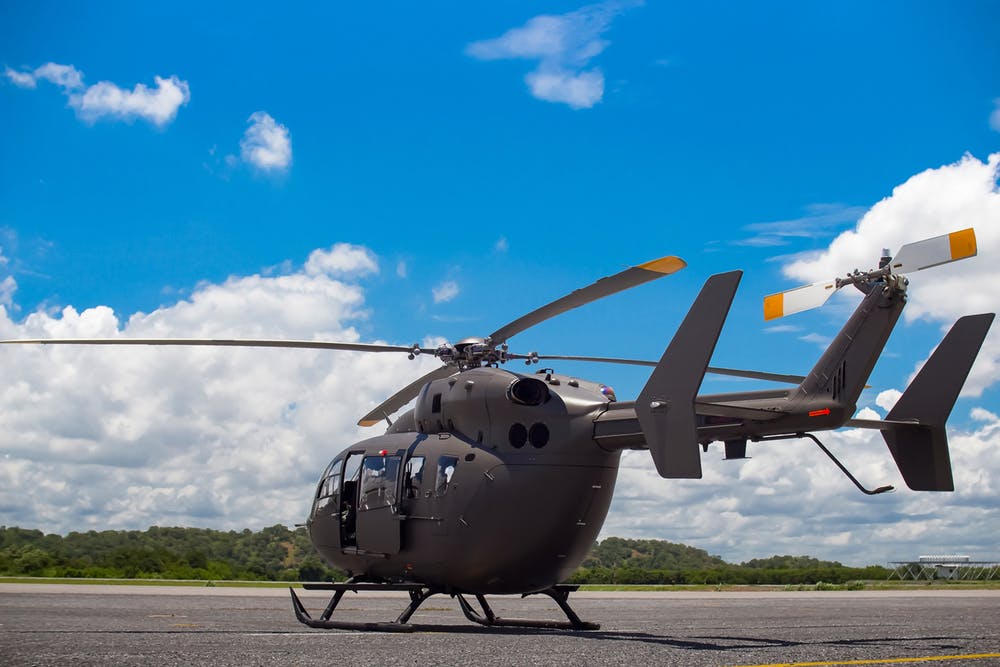
When it comes to soaring through the skies, a helicopter’s intricate dance is nothing short of mesmerising. The delicate balance, the nuanced controls, and the responsive feedback – piloting these machines is both an art and a science.
But before pilots can touch the sky, they often touch buttons, levers, and screens in a different environment: the simulated world. Let’s embark on a journey to discover how simulators play an instrumental role in shaping the maestros of the sky.
Stepping into a Virtual Cockpit
The first taste of a helicopter’s controls for many budding pilots isn’t amidst the hum of a real engine or the panoramic views of the landscape. It’s within the confines of a simulator. Picture this: a full-scale cockpit replica, surrounded by screens projecting realistic landscapes, complete with an array of controls mimicking a real helicopter. But why start here?
- Risk Reduction: The skies can be unforgiving. For novices, making a mistake several feet above the ground can be costly, both in terms of equipment and safety. Simulators provide a risk-free environment to make, learn from, and rectify errors.
- Cost Efficiency: Let’s face it: flying isn’t cheap. Every minute in the air costs money. Simulators, on the other hand, offer a more cost-effective method to clock in essential training hours.
Training for the Unexpected
In the real world, not all flights are smooth sailing. Unexpected weather changes, system malfunctions, or sudden emergencies can test a professional’s mettle. This is where helicopter aviation courses need to prepare for events that were not pre-planned or scheduled.
- Emergency Scenarios: Engine failure? Electrical glitch? In a simulator, trainees can repeatedly be exposed to these high-stress scenarios, ensuring they’re well-equipped to handle them in actual flights.
- Weather Woes: Thunderstorms, gusty winds, or dense fog – pilots can experience them all in a simulated setting, prepping them for Mother Nature’s curveballs.
Fostering Muscle Memory
Flying is as much about intuition as it is about knowledge. The repeated actions, the subtle nuances in control adjustments, and the rhythm of flight – all of these become second nature with practice.
- Repetition: Want to master a specific manoeuvre? Simulators allow for repeated practice until perfection, without the wear and tear of a real helicopter.
- Feedback Loop: Modern simulators offer instant feedback, helping trainees dynamically understand their mistakes and refine their skills.
Keeping Pace with Technology
As helicopters evolve, so do their virtual counterparts. This continuous evolution ensures pilots remain updated with the latest in aviation tech.
- Software Updates: Just as real helicopters receive upgrades, simulator software can be updated to reflect the latest advancements, ensuring training remains cutting-edge.
- Customised Scenarios: Need to practice a specific route or landing spot? Simulators can be programmed to replicate specific geographies or scenarios, offering tailored training experiences.
The Interplay Between Simulation and Real Flight
While simulators are transformative, they aren’t replacements for the real deal. They’re the prep work. After rigorous hours in the simulated world, transitioning to actual flights becomes smoother and more intuitive. The skills acquired, the mistakes made and rectified, and the confidence built within the virtual confines lay a strong foundation for actual flights.
Conclusion
In the journey of mastering helicopter flight, simulators are invaluable companions. They bridge the gap between theory and practice, offering a playground to test, learn, and evolve. So, the next time you see a chopper gracefully dancing in the sky, remember behind that skill lies countless hours of simulated flights, perfecting each move. Safe flights to all aspiring aviators!